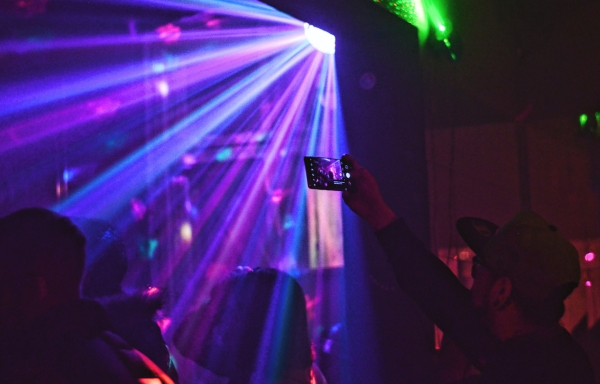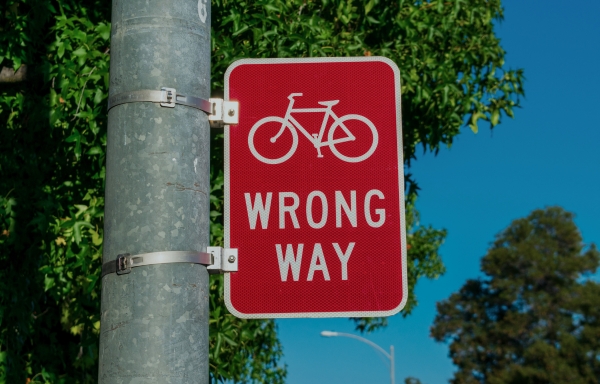Who Posted That? Copyright Infringement on Social Media

Case Summary: To maintain its image and promote events effectively, a renowned adult entertainment venue outsourced its social media management to a reputable marketing company. A celebrity guest filed a lawsuit against the club for copyright infringement after an image from her Instagram account was utilized for promotional purposes without her permission. In response, the club’s management initiated an internal investigation to determine how the unauthorized use of the image occurred.
Methodology: DJS Associates, Inc.’s digital forensic analyst was retained with the primary objective of determining who was responsible for the unauthorized use of the adult star’s image. The investigation involved examining access logs, social media account activity, and communication records.
- Access Logs: Timestamps, IP addresses, and user identifiers associated with each login attempt were reviewed to help narrow the pool of potential suspects by pinpointing the specific employee(s) who had access to the club’s social media accounts at the time of the infringement.
- Social Media Account Activity: Post history and interactions on the club’s social media platforms were examined to identify irregularities or unauthorized posts. Post contents, including images, captions, and hashtags, were reviewed.
- Communication Records: Emails, instant messages, and phone calls between the club’s employees and the marketing company were reviewed in search of any discussions or instructions regarding the subject event promotion. By examining these communication records, the digital forensic analyst established a timeline of events and identified individuals who may have been directly involved.
Findings: The investigation produced compelling evidence pointing to one of the club’s employees as the individual responsible for the unauthorized use of the adult star’s image. The evidence included access logs showing that the employee had logged into the club’s social media accounts around the time the infringing post was made. Electronic communications documented discussions between this employee and the marketing company about the event’s promotion, further suggesting their involvement in managing social media content.
Conclusion: Based on the findings of the forensic analysis, it was determined which of the club’s employees with access to the social media accounts had been responsible for the copyright infringement. Club management was then able to take appropriate disciplinary action against this employee. The findings also prompted club management to implement stricter protocols to prevent similar incidents in the future.
Outcome: The club settled the copyright infringement lawsuit by compensating the adult star for the unauthorized use of her image. To ensure compliance with copyright laws and ethical standards going forward, the club revised its social media management procedures, implementing tighter access controls, and began conducting regular training sessions for in-house employees.
This case underscores the importance of digital security measures for commercial establishments’ social media account management. Oversights may result in legal risks associated with copyright infringement. When multiple individuals have access to the same account, a digital forensic analyst can help identify culpable parties by applying proper methodology.
Timothy R. Primrose, CASA, CFVT
Digital Forensic Analyst
View all articles by Timothy R. Primrose, CASA, CFVT

